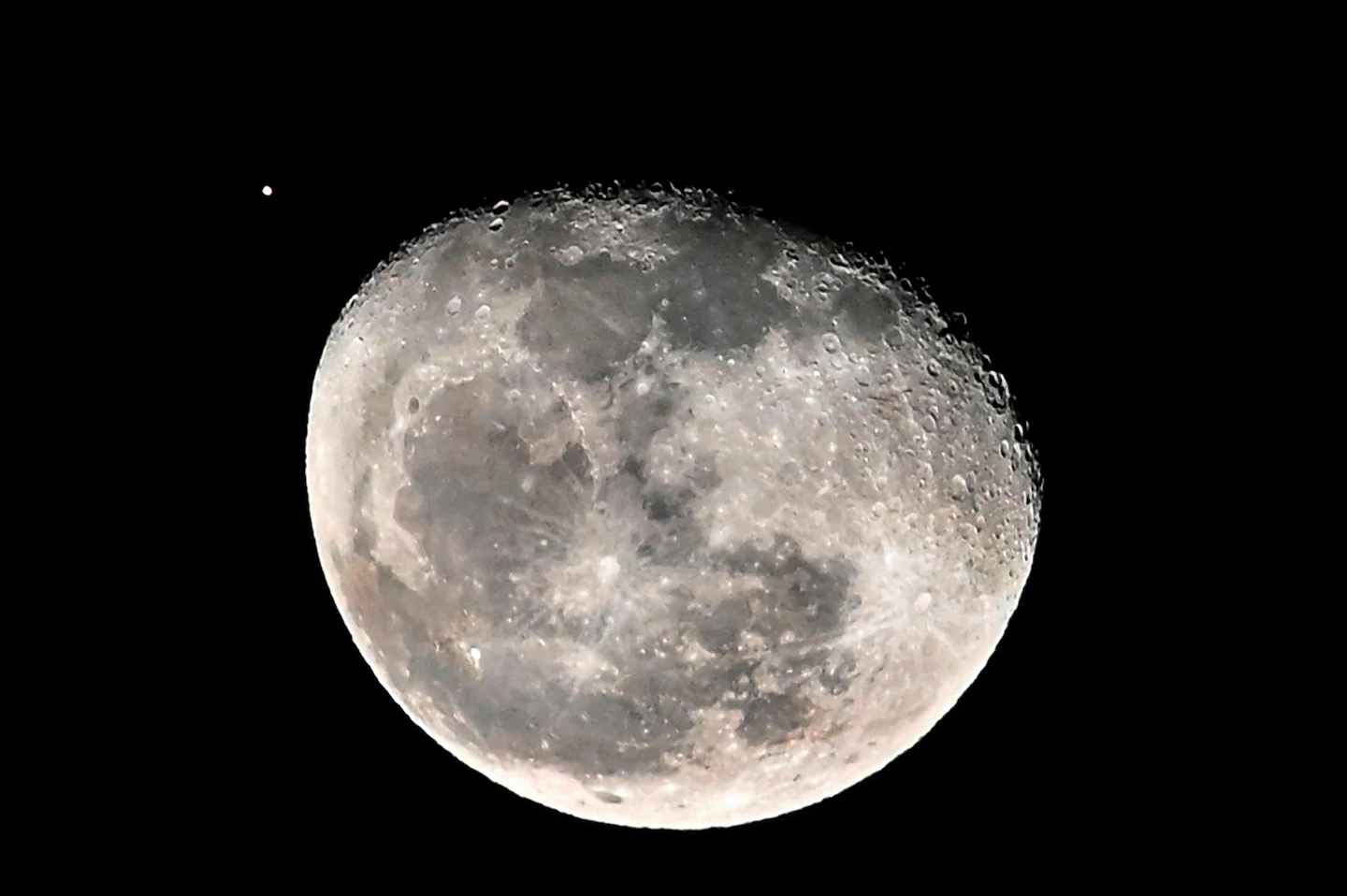The announcement is yet another step in NASA’s Artemis project to set up a permanent presence on and around the moon and eventually go to Mars, where astronauts would need to be able to use the resources there.
Speaking during a forum put on by the Secure World Foundation, a think tank, he said the United States need help set the policies that will govern mining from celestial bodies, creating standards that exist now for oceans. “We do believe we can extract and utilize the resources of the moon, just as we can extract and utilize tuna from the ocean,” he said.
And in a blog post, he said the science would be shared publicly. “When considering such proposals, we will require that all actions be taken in a transparent fashion,” he wrote. “We are putting our policies into practice to fuel a new era of exploration and discovery that will benefit all of humanity.”
Bidding for the program would be open not just to U.S. companies but international ones as well as part of an effort to “encourage International support for the public and private recovery and use of resources in outer space, consistent with applicable law.”
The move comes a few months after NASA unveiled a legal framework, called the “Artemis Accords,” to govern the behavior of countries and companies on the lunar surface, including the creation of “safety zones” around mining and exploration sites. The accords would require signatories to publicly release ‘the extent and general nature of operations taking place within the safety zones “while taking into account appropriate protection of business, confidential, national security, and export controlled information.”
NASA is scrambling to return astronauts to the lunar surface by 2024 under an accelerated schedule mandated by the White House. But instead of going to the equatorial region of the moon that astronauts visited during the Apollo program, NASA this time wants to send them to the south pole of the moon where there is water in the form of ice in permanently shadowed craters.
Water is a valuable resource not just for life, but also, when broken into its component parts, hydrogen and oxygen, could serve as propellant for rockets, allowing exploration deeper into space.
Under the solicitation announced Thursday, NASA said it is looking for lunar “regolith,” rocks and dirt from any location on the lunar surface. The companies would be required to provide imagery of the material and the location from which it was recovered.
NASA anticipates paying roughly between $15,000 to $25,000 for between 50 to 500 grams of material, Bridenstine said, though companies would also be able to set prices in their bids. While there would be scientific benefits, it’s also a technology development program, Bridenstine said, that would give companies practice in extracting resources from the lunar surface and then selling them. Once NASA would take possession of the material, it would determine how to get them to Earth.
In addition to water, there could be other valuable resources there, even precious metals. “What other resources might be there?” he said. “The answer is we don’t know.”
“The importance of this announcement is not so much the financial incentive (which is tiny) but in establishing the legal precedent that private companies can collect and sell celestial materials (with the explicit blessing of NASA/U.S. gov),” Casey Dreier, a senior space policy advisor at the Planetary Society wrote on Twitter.
Clive Neal, a University of Notre Dame planetary scientist, called it a “paradigm shift” that would allow “more sample returns from the moon” and “open up lunar resources.”
The program “will speed up the technology development,” he said. “This puts it on the fast track, and the Administrator is driving that opportunity.”
NASA would pay exclusively for the regolith, and not cover the enormous expense of getting to the lunar surface, meaning that companies involved the program would likely already be pursuing some sorts of other activities there. NASA already has another program to hire companies to fly science experiments and cargo to the moon ahead of a human landing. And Bridenstine said he expects many of them to be interested in pursuing the mining contracts as well.
In 2015, President Obama signed a law allowing U.S. companies the rights to any material they mine on celestial bodies. But under the proposal announced Thursday, the companies would transfer ownership of the regolith to NASA.
“Next-generation lunar science and technology is a main objective for returning to the moon and preparing for Mars,” Bridenstine wrote in the blog post.
A human mission to Mars, in particular, would require the use of resources mined from the surface, a process known as in-situ utilization. That’s why NASA said it must proceed “with alacrity to develop techniques and gain experience with [in-situ utilization] on the surface of the moon.”

